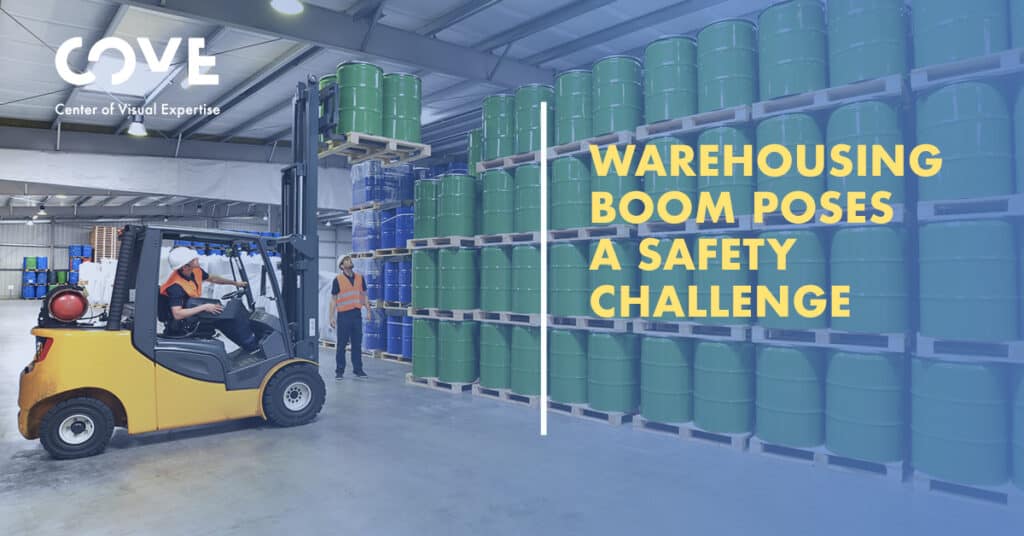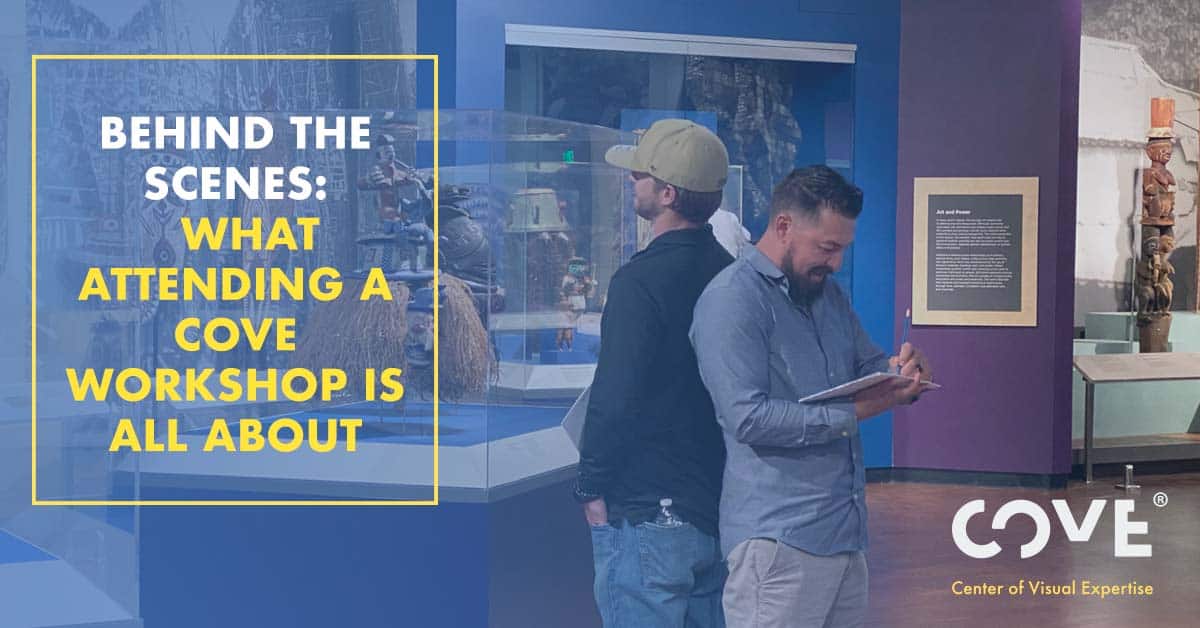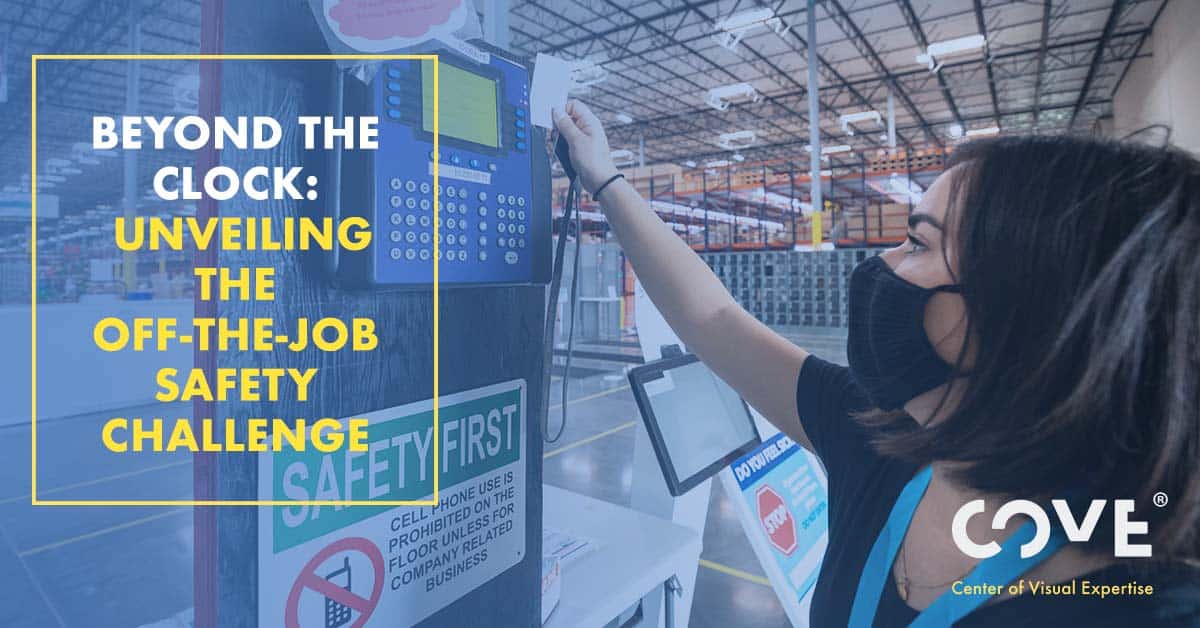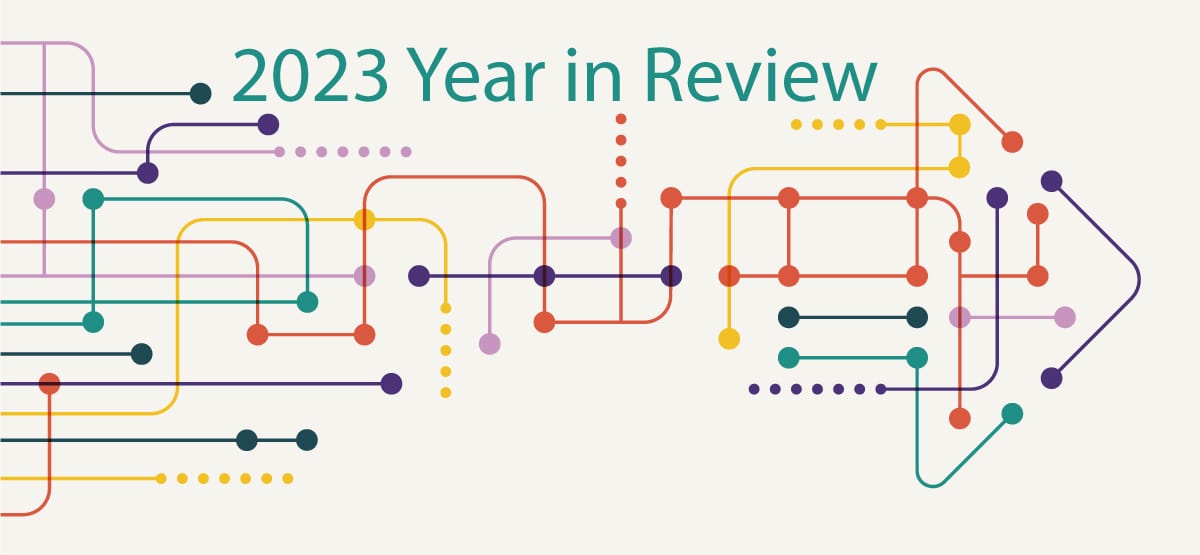Due in large part to the exploding growth of e-commerce, the number of warehouses in the U.S. grows at an increasing rate every year, reaching 18,741 in 2019, up from 15,152 in 2010, according to Statista, a market and consumer data service. In the U.S., the size of warehouses keeps expanding, too. In the past, most were smaller than 10,00 square feet. Today, they average 25,000 square feet, and about half of all warehouses are 50,000 square feet or larger, according to a U.S. Commercial Building Energy Consumption Survey.
Warehousing and moving, storing and packaging materials at high speeds can be dangerous work. Every day, approximately 300 injuries occur to material movers, according to the U.S. Bureau of Labor Statistics. Almost 900,000 material movers work in warehousing and storage operations, according to the BLS. These work environments present a multitude of physical and ergonomic hazards, which helps explain the high volume of daily injuries and the warehousing and storage industry’s 4.8 total recordable injury cases per 100 full-time workers in 2019 – two injury cases per 100 workers more than the total private industry rate of 2.8 cases.
Serious injuries requiring days away from work also run higher in warehousing and storage – 3.7 cases compared to 1.5 cases for all of private industry.
A commitment to regular audits, walkarounds, hazard hunts, hazard recognition patrols and other hazard identification and management practices is essential to reduce the high level of injuries in warehousing. Visual Literacy is an approach that improves our ability to see conditions and behaviors that result in injuries. Visual Literacy is based on principles of art education, and emphasizes slowing down, even briefly, to adopt alternative viewpoints (ways of Seeing the Whole PICTURE®) that use Elements of Art (color, lines, shapes, space, and texture) to deconstruct an environment and see things that normally just fade into the background.
The Visual Literacy critical thinking skills of observation, description, analysis, interpretation, and communication bring a fresh perspective to identifying incident precursors and hazardous physical conditions and activities in warehouses and distribution centers. Warehouses typically store goods while distribution centers focus on customer fulfillment and are bridges between suppliers’ products and end-users.
Visual Literacy hazard recognition and resolution practices can draw on various resources to make warehousing safer. For example, warehousing and storage facility injury data can identify behaviors and environmental conditions that lead to overexertion injuries (42,300 cases in 2019 – the leading cause of injuries in warehouses); falls (21,680); struck-by cases (21,160); struck-against (6,480); and transportation incidents (5,510). Note: all statistics represent BLS 2019 data.
Finding and evaluating hazards causing these injuries, often in vast warehouses, is a formidable challenge for safety and health professionals. Audits must be carefully mapped out and carried out at a deliberate, un-rushed pace. Millions of square feet of workspace might need to be covered. A Boeing warehouse in Everett, Washington, stretches 4.3 million square feet, space enough for 80 football fields. A John Deere warehouse in Illinois covers 2.6 million square feet. Eight of the ten largest warehouses in Pennsylvania have footprints of more than 100,000 square feet.
OSHA standards most often violated in the warehousing industry is another resource to identify and manage hazards. Forklift regulations are the most frequently violated standard, and a major reason for about 100 employees being killed and 95,000 injured every year in all industries, according to OSHA. Hazard communication, electrical wiring, electrical systems, guarding floor and wall openings and holes, exits and mechanical power transmission are the other most frequently violated standards in warehouses.
Visual Literacy’s process of first looking or scanning broadly, then deliberately narrowing visual observations to see with improved visual acuity can uncover hazards related to non-compliance:
- Unlabeled hazardous materials storage containers.
- Lack of spill clean-up kits in chemical storage areas.
- Lack of emergency showers and eyewash stations in chemical storage areas.
- Forklifts exceeding 5 mph speed limits; hauling over-capacity loads; and involved in stunt driving and horseplay.
- Unguarded pinch points on conveyors.
- Inadequate or non-existent lockout-tagout procedures and signage for energized equipment.
- Lack of covers and/or guardrails to protect workers from open pits, tanks, vats, and ditches.
- Electrical cords lying across aisles.
- Poor electrical lighting, especially in stairwells and high traffic areas.
- Blocked exit ways.
Conducting a walkaround armed with injury statistics and OSHA records will uncover hazards that cause slips, trips, and falls; moving vehicle (include autonomous moving vehicle robots) collisions and struck-by injuries; and struck against or pinned against injuries involving conveyors and other material handling equipment.
Overexertion injuries – straining, stretching uncomfortably, lifting excessive weight, working in awkward positions, repetitive motions, using excessive force – use Visual Literacy’s observation and analysis techniques applied to employee movements or behaviors, and to the broad issue of how work in a warehouse is planned, organized and executed.
For example, robots have raised the average picker’s productivity in numerous distribution centers from around 100 items per hour to targets of 300 or 400. This allows workers just a few seconds between each product task, which in some warehouses can be complicated by robots carrying eight-foot-tall shelving units to the stations of pickers and sorters. Workers have stepladders to ascend to place or retrieve products from the top row of shelving units. The pace can be so fast workers cannot adhere to safety practices such as keeping lightweight products at the top of racks and shelving and positioning heavy products between the chest and knees.
Physical conditions evaluated using Visual Literacy skills during inspections include:
- Checking for damage to windows, floors, doors, ceilings and walls.
- Looking for any type of obstructions – blocked exits, clutter in aisles or around workstations, blocked signage, blind spots in forklift routes.
- Checking lighting in the warehouse to ensure good visibility around workstations, corridors, fire exits, loading docks, stairwells and chemical storage areas.
- Ensuring fire safety is not compromised by a lack of fire extinguishers or poor placement of fire extinguishers; sprinkler systems and fire alarms in need of repair or replacement; and poor placement or missing emergency signage and direction markers.
- Inspecting storage racks and shelving to make sure product is stacked and positioned correctly so it will not topple over and cause stuck-by injuries.
Applying Visual Literacy to warehouse operations also calls for taking a close look at the use of personal protective equipment. Are hard hats worn to protect against falling objects? Safety shoes worn where needed to prevent heavy loads or moving vehicles from crushing toes and feet? High-visibility vests, jackets, and coveralls to make workers more visible to co-workers and forklift operators? Gloves that afford sufficient grip to keep hold of items when moving and lifting? Is flame-resistant clothing used when doing electrical work and maintenance and repairs that could involve arc flashes and arc blasts?
It is not enough to recognize, describe and analyze the diversity of warehouse hazards. A critical component of Visual Literacy is communication. Audit findings, of both hidden and obvious hazards, cannot be brought to closure unless the inventory of identified hazards is communicated to facility supervisors, managers, maintenance departments, purchasing, and the entire warehouse workforce. Safety and health professionals assess the risks posed by the hazards and prioritize mitigation.
Warehouses are expanding in number as the economy becomes more service-oriented; expanding in size; in the use of technology; and in productivity — the speed of operations. Visual Literacy skills enable detailed and deliberate observations and analyses that are interpreted, described, and communicated for hazard abatement. This skillset is an innovative and valuable aid to reducing the high number of injuries in complex, challenging warehouse environments.




